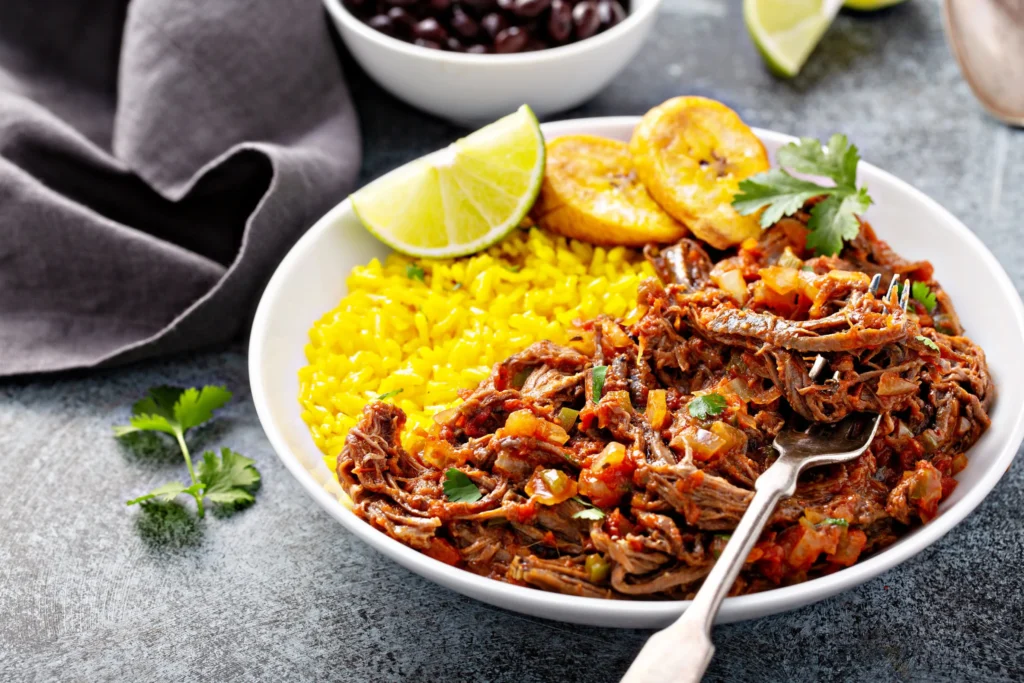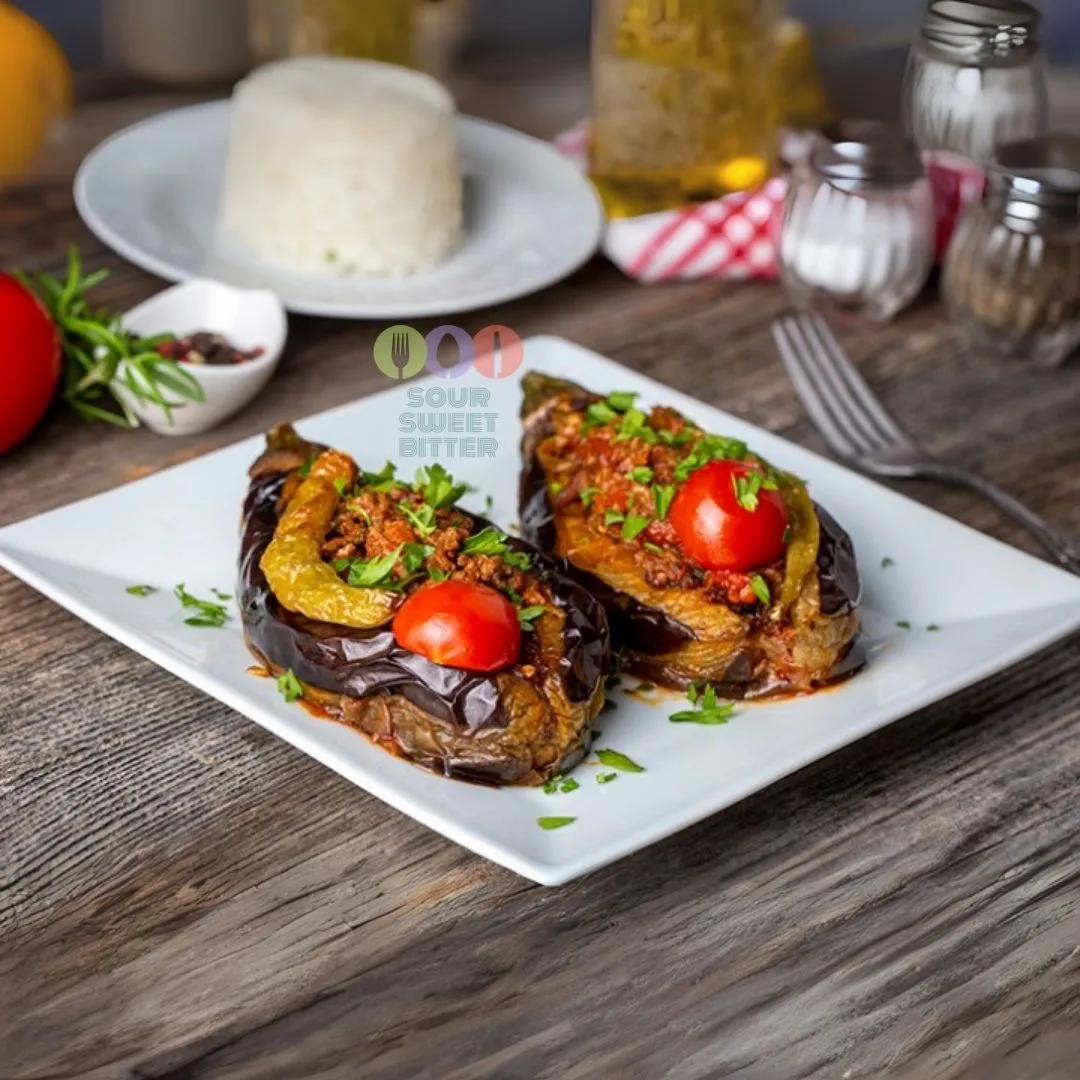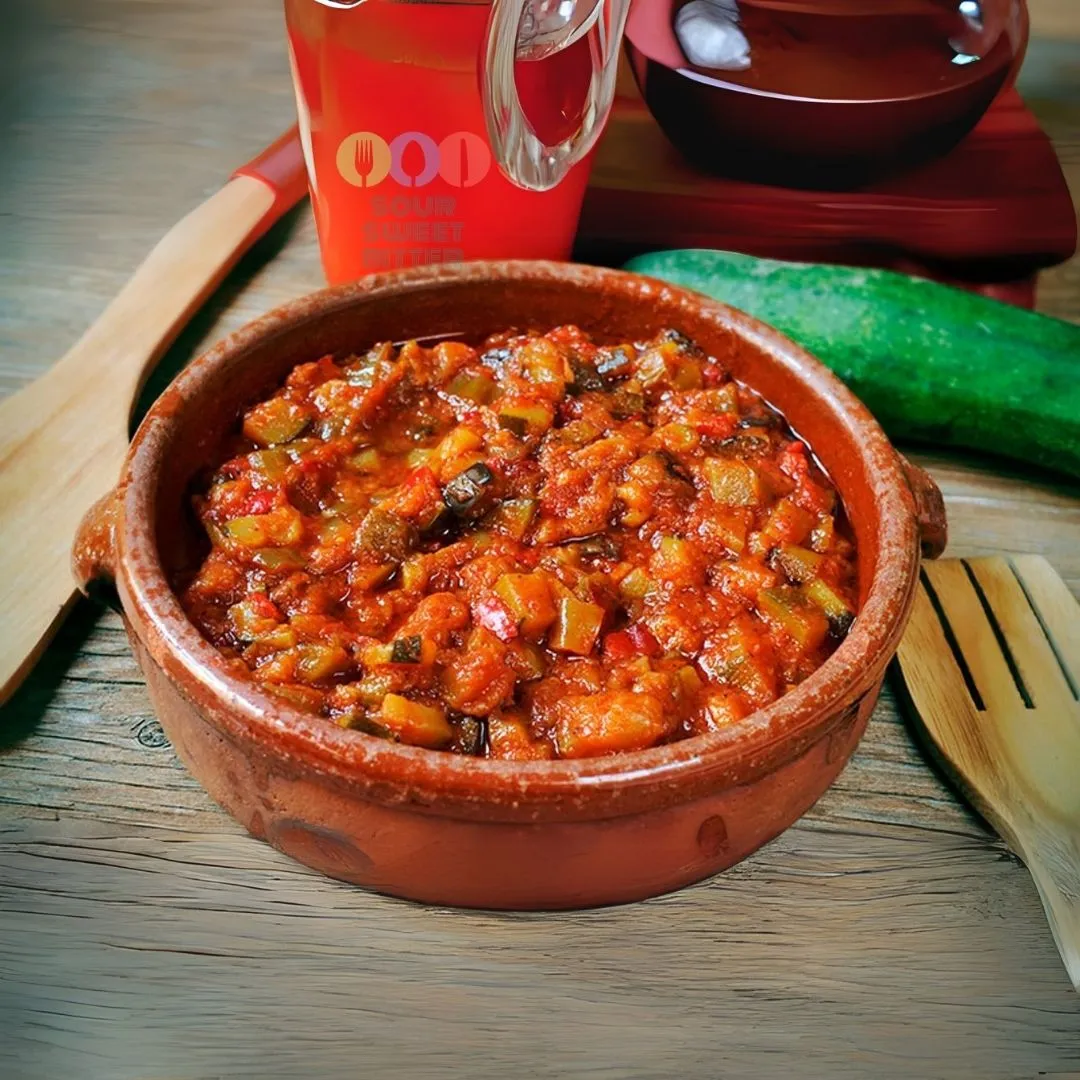Ropa Vieja: A Cuban Classic Full of Flavor and Tradition
Ropa Vieja, one of Cuba’s most famous dishes, blends shredded beef with tomatoes, peppers, and spices. The name, meaning “old clothes,” refers to the appearance of the shredded beef, which resembles torn fabric. Although it originated in Spain, this dish evolved through Cuban influence and became a beloved staple of the island’s cuisine.
Historical Roots and Cuban Influence
Ropa Vieja traces its origins to Spain’s Canary Islands, but Cuban cooks transformed it over time. They adapted the recipe by incorporating locally available ingredients like beef, tomatoes, and bell peppers. Cuban families would slow-cook tougher cuts of meat, making the most of what they had. This approach helped turn simple ingredients into a flavorful and hearty meal.
A Testament to Cuban Ingenuity
Cuban home cooks demonstrate their creativity through this dish. During lean times, they used affordable cuts of beef and enhanced the flavors with garlic, onions, and spices. The long cooking process ensured that the meat became tender while absorbing all the rich flavors. As a result, Ropa Vieja came to represent Cuba’s ability to create delicious meals, no matter the circumstances.
Layers of Flavor in Every Bite
The secret to Ropa Vieja lies in its bold, layered flavors. The beef, simmered in a sauce of tomatoes, onions, garlic, and peppers, takes on a deep richness. Cumin and oregano add warmth, while a splash of vinegar or wine introduces a subtle tang. Served alongside rice, black beans, and fried plantains, this dish offers a satisfying and well-rounded dining experience.
Bringing People Together
Ropa Vieja isn’t just a meal; it’s an opportunity for connection. Cuban families often prepare large pots of it for special gatherings, holidays, and Sunday dinners. This dish fosters a sense of community, with its comforting flavors bringing people together around the table. It serves as a symbol of Cuban hospitality and family traditions.
Why This Dish Deserves a Place at Your Table
For anyone eager to experience authentic Cuban cuisine, Ropa Vieja should be at the top of the list. The tender beef, combined with vibrant flavors, showcases the heart of Cuban cooking. Whether enjoyed at a Cuban restaurant or prepared at home, this dish offers an unforgettable taste of Cuba’s rich culinary heritage.
Discover Traditional Cuban Recipes Discover Traditional North American Recipes
Cuban Ropa Vieja
Ingredients
Instructions
-
Season the flank steak or skirt steak generously with salt and pepper on both sides.
-
In a large skillet or Dutch oven, heat the olive oil over medium-high heat. Add the steak and sear on both sides until browned, about 3-4 minutes per side. Remove the steak from the skillet and set aside.
-
In the same skillet, add the chopped onion, green bell pepper, and red bell pepper. Cook, stirring occasionally, until the vegetables are softened, about 5-7 minutes.
-
Add the minced garlic to the skillet and cook for an additional 1-2 minutes, until fragrant.
-
Stir in the diced tomatoes, tomato sauce, beef broth, tomato paste, ground cumin, dried oregano, paprika, black pepper, salt, and bay leaves. Mix well to combine.
-
Return the seared steak to the skillet, nestling it into the sauce mixture. Bring the mixture to a simmer.
-
Reduce the heat to low, cover, and let the steak simmer gently in the sauce for 2-3 hours, or until the meat is very tender and easily shreds with a fork. Stir occasionally and add more beef broth if the sauce becomes too thick.
-
Once the steak is tender, remove it from the skillet and shred it using two forks. Return the shredded meat to the skillet and stir to combine with the sauce.
-
If using frozen peas, add them to the skillet during the last 10-15 minutes of cooking.
-
Taste the ropa vieja and adjust the seasoning with salt and pepper, if needed. Stir in chopped fresh cilantro, if desired.
-
Serve the ropa vieja hot over cooked white rice.
-
Your Cuban Ropa Vieja is ready. Bon Appetit!


















